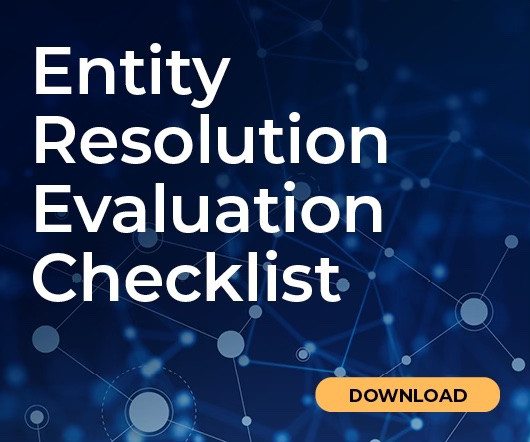How Data Science Experience improves accuracy for the insurance industry
IBM Big Data Hub
JUNE 26, 2018
In this Q&A, IBM financial services solution architect Irina Saburova discusses an insurance use case with IBM Data Science Marketing Lead Rosie Pongracz. In this scenario common to the insurance industry, an organization needs to adjust its operations based on upcoming weather event and multiple weather indicators can improve forecast accuracy.







































Let's personalize your content